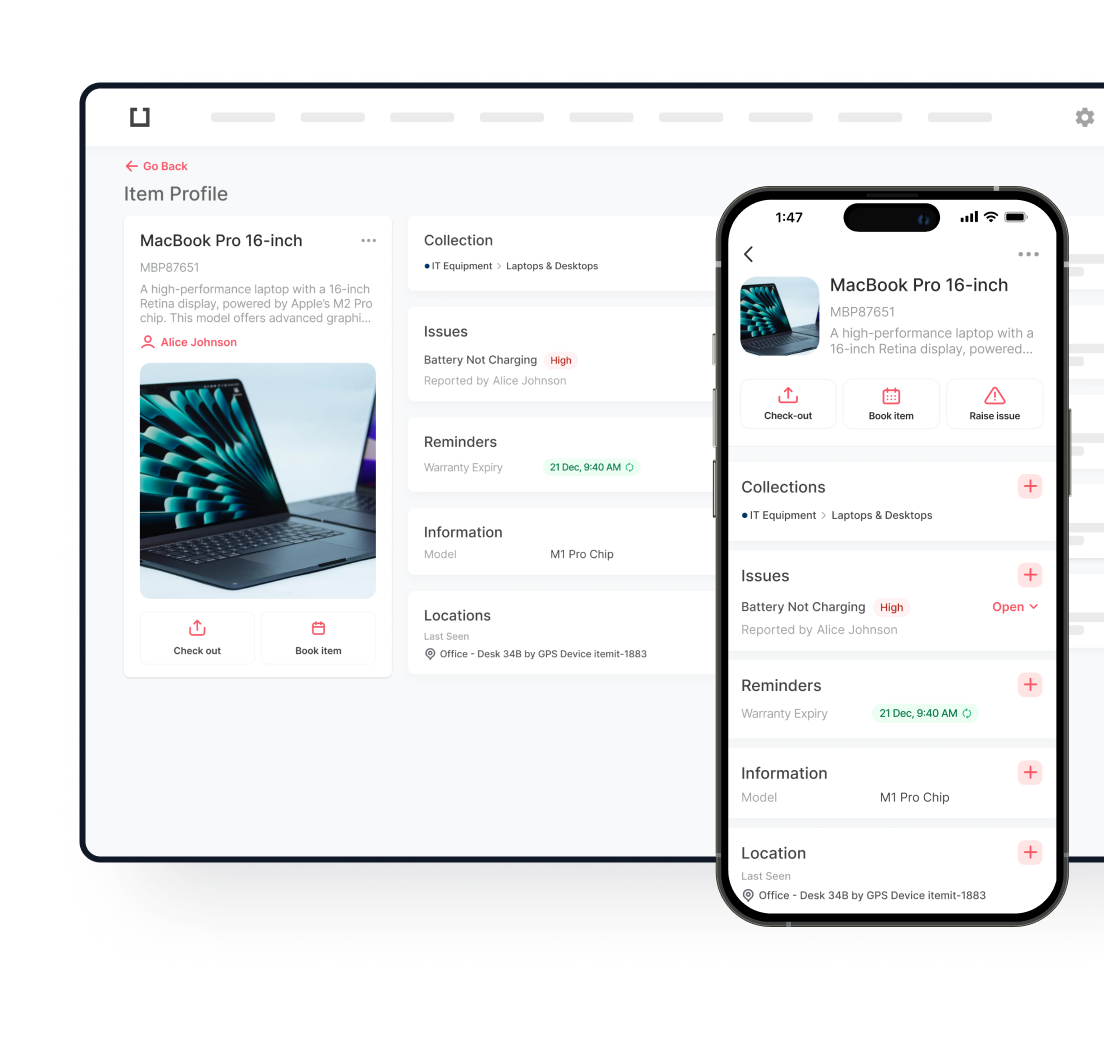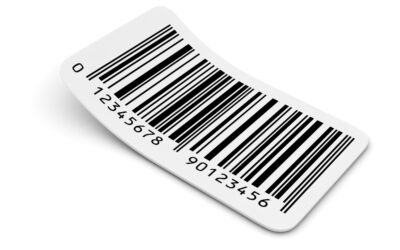
Spreadsheets are perfectly good if you wish to make a list, display some sums, or even make a note of your wages. However, they tend to be less-than-perfect & not ideal for the modern world.
One of the best things that you can do is to get rid of spreadsheets so you can save money. If you use a spreadsheet to track your assets you could be missing out. Modern asset tracking can track your assets and do so much more.
Let’s take a look at why you need to eliminate spreadsheets and move on to something better.
Why Spreadsheets Are Still Used To This Day
If a lot of people have access to the spreadsheet, there’s a lot of room for error. For example, you could input data correctly, but how do you know if everyone else has? If, for example, a team member noted that they received 500 units instead of 600, the data would be incorrect. If you were to use equations that were based on the incorrect data, there could be a lot of issues.
This is one of the reasons why asset tracking software is used instead of spreadsheets. The tracking software is a lot less likely to contain errors. Should you let the software deal with a lot of aspects of your business, for example, it could order 600 units when your stock gets low. It could note what has arrived, when it’s arrived, and who dealt with the order. A consequence of this ensures that all of your data is correct.

Your Data Could Be Incomplete
When you decide to make the switch to asset tracking software there won’t be any incomplete data. You will have all of the information you need to hand, at all times. A direct result of this means that you’ll always know what’s what and how your business is performing. With information such as this, you can make the right business decisions. Being able to control your business in this way is very satisfying. It allows you to have more control over many aspects of your business.
Your Spreadsheets Could Be Full Of Errors
Did you know that when you track your assets using modern tracking software, multiple people can access it? The good news is that you won’t have to worry about mistakes being made. Every time someone enters data you can make sure it’s correct. As the manager, you could see what data’s been entered and check that all is above-board.
How Asset Tracking Software Can Save You Money
It’s safe to say that asset tracking is the future. It’s a form of technology that is growing and developing. Using a range of digital tools, tracking software works hard so you don’t have to. In addition to this, the software has a real ability to save you money.
Let’s imagine that someone has incorrectly inputted how much profit you’ve made. A direct consequence of this means you could lose money. However, when you use software that works well, you could save your money instead.
Saving money is far easier when you have modern technology at your fingertips. You can see what’s what and whether your business is doing well. Tracking software could also allow you to set up maintenance schedules ensuring all of your equipment stays in good condition. This will directly save you cash as your equipment will last longer.
It makes a lot of sense for you to stop using spreadsheets. While they worked seemingly well for a while, their heyday was many moons ago. Now, it’s time to make the most of everything that asset tracking has to offer. Use the software to its full advantage so your business starts to reap the rewards today.
Wish to talk with an expert about using asset tracking to help you save money? Contact us today at team@itemit.com.

Try itemit
Choose a better way to track
your assets.
Start your free 14-day trial now!

Keep Learning
itemit Blog
Tips, guides, industry best practices, and news.
What Is Active RFID? A Complete Guide to Smart RFID Tags
Discover what Active RFID is, how active tags function, and the key benefits and use cases that make this technology essential for modern tracking systems.
Everything You Need to Know About 2D Barcodes
Discover everything about 2D barcodes, including how they work, their benefits, and how they are revolutionizing industries and improving business operations
Complete Guide to Asset Lifecycle Management and Its Benefits
Learn about asset lifecycle management and how it helps businesses optimize asset usage, reduce costs, and improve efficiency throughout the asset’s life.



